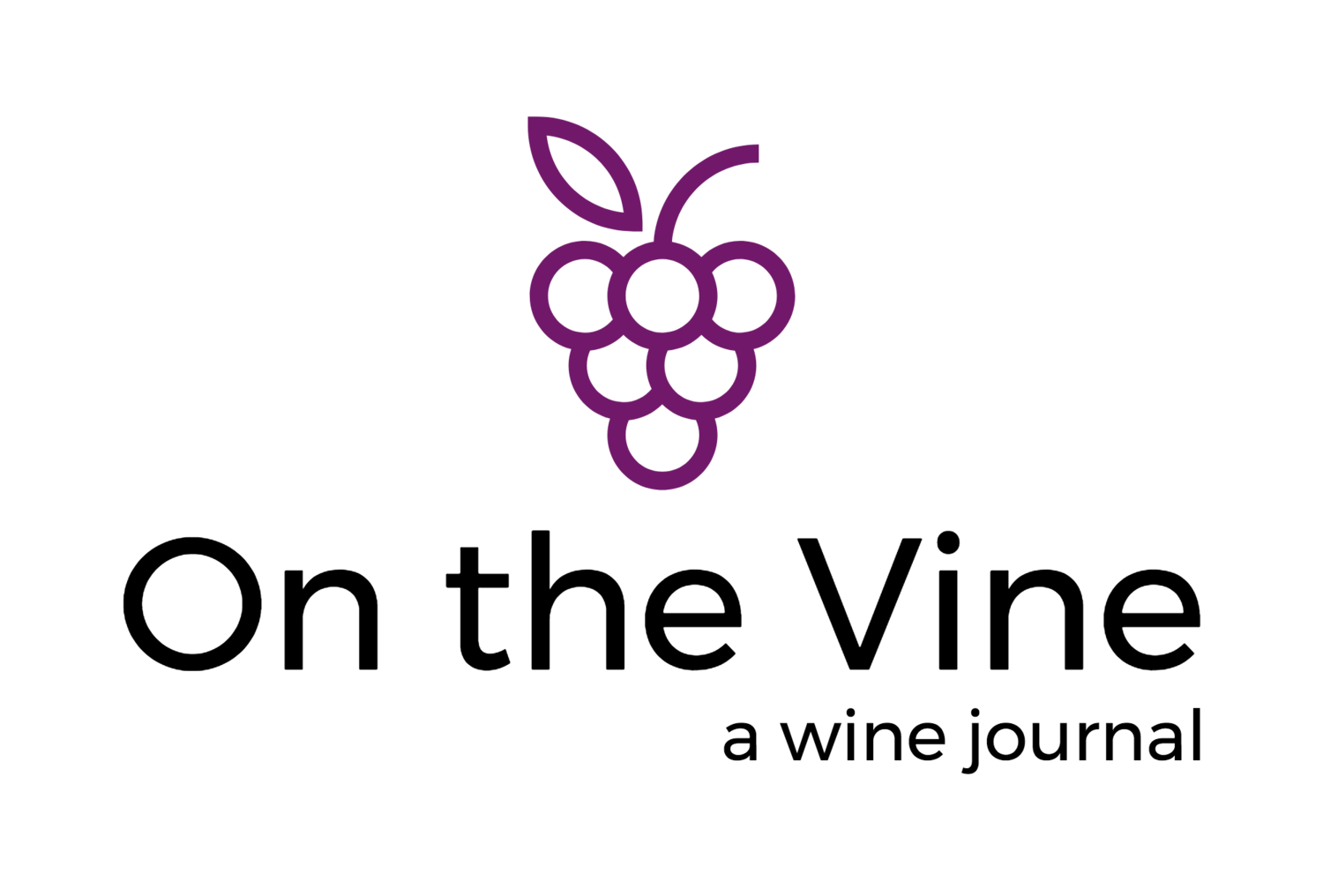I'm Not a Wine Snob, I'm Just Curious
/Vines outside the tasting room at St Francis Vineyard and Winery in Santa Rosa, Calif.
Friday night has arrived and the place fills up. Music thumps and the vintage building’s exposed brick walls and concrete floors magnify the decibels to party level. Raw support columns covered with graffiti suggest a nightclub that caters to a young, late-night crowd – but it’s still early. Offices are just shuttering for the weekend. The after-work crowd transitions to Pasadena’s Everson Royce wine shop for a happy hour of sipping and sampling among the display shelves.
An artisan winemaker who runs a small-production, biodynamic winery in Napa Valley, pours samples of four of his wines. Tasting at the bar are two regulars, Rachel Barker, 30, and her boyfriend, Blake. A property manager during the day, Rachel feels comfortable in the store’s fun social atmosphere and wants to learn more about wine. “Years ago I felt a lot more intimidated by it and a lot more pressured by it,” she said reflecting on early wine experiences. “I think right now we’re in a time when wine is a lot more accessible and a lot more fun and less snobby.”
Despite the current craft beer craze, wine leads all alcoholic beverages in popularity. The pursuit of wine as a fun life experience has helped fuel 24 years of steady growth in wine sales and is redrawing the profile of the American wine drinker. A recent study by the Wine Market Council revealed that members of the millennial generation (adults under 39) quaffed 43% of all the wine consumed in 2015. These 75 million young adults now represent 36% of the wine drinking population, besting the Baby Boomers who account for 34%. Together these two huge generations unite in their rejection of the rarified wine connoisseur culture of the past in favor of imbibing something “a lot more fun and less snobby.” Wine lovers these days are younger, but they are also curious, well educated and have the resources to slake their interest and thirst.
Learning about wine and its origins fascinates wine drinkers. Elizabeth Schneider, Certified Sommelier and host of the Wine for Normal People podcast, describes them as members of a psychographic. “I started out talking to people like me – I was the audience: a smart person who reads books and follows the news and is good at their job,” said the outspoken New York transplant from her current home in Atlanta. According to the Gallup organization, wine outpaces all other alcoholic beverages among college graduates (44%) and in households with annual income exceeding $75,000 (38%). These affluent tipplers thirst for pleasant ways of learning about wine and where it came from. But they have little patience for the precious trappings of the traditional sommelier culture. “Somms are talking at people – to show what they know,” says Schneider, whose podcast attracts 10,000 downloads each week. Describing her role as a wine educator she says, “The people who listen to me are listening for a friend in this thing… There are some people in the world who take hard concepts and make them plainspoken. When you are a person who can see things clearly, your job is to do it.”
Schneider’s sex points to another important characteristic of the American wine fan. Women purchased 57% of wine sold in the U.S. in 2015, according to Nielsen Spectra. Responding to this, some national brands promote labels that especially target women with names like Little Black Dress and Mad Housewife. Mirroring the trend in fresh food, a wine’s designation as organic or sustainably produced is an important factor for more than a third of women, according to a Harris poll. That figure climbs to over half of young women, aged 21 to 24. Educated consumers prefer wine, and women constitute a growing portion of that cohort. In 2015 the percentage of women holding a bachelor’s degree or higher equaled that of men for the first time, according to U.S. Census data. Wine intrigues these smart young women.
Exploring wine’s endless variety adds to the intrigue. As younger wine drinkers insist on new wine experiences, the whole industry is shifting. “What makes millennials different from my slightly older customers is that they’ll run through completely mixed cases of wine and I don’t see them ordering the same thing twice,” says Tom Natan, blogger and owner of First Vine wine shop in Washington DC. Rachel, the Friday night regular at Everson Royce agrees. “For a long time wine was one-dimensional in common restaurants,” she says. “We’re not into Chardonnay and Merlot so we’ve had to go other places to find other things”
Today’s wine enthusiasts may be young or not. But they are definitely curious, educated, well heeled and slightly more likely to be female. They track information about what they drink and they chase new flavors and experiences. Making wine a part of life overshadows amassing a collection or coveting a rare bottle. According to Rachel, “If I don’t know how to be with my nose up in a wine glass, I mean, who cares?” The wine snob has left the building.
©Gregory Norton 2017






